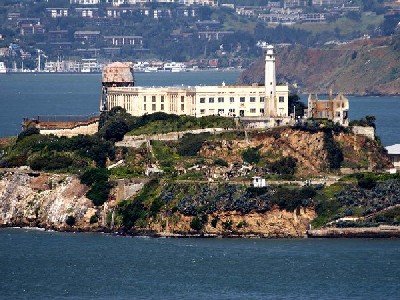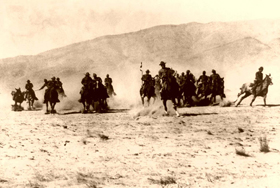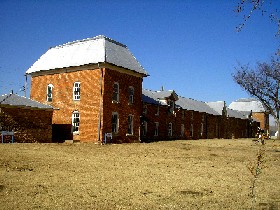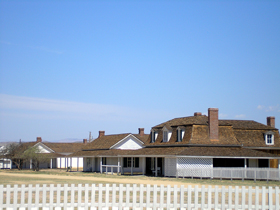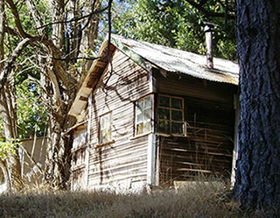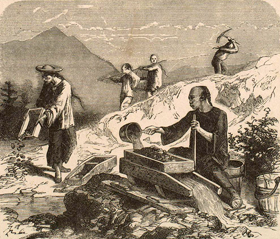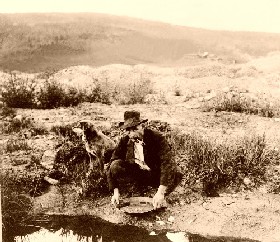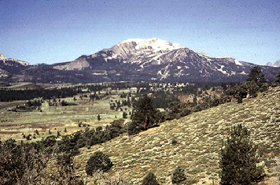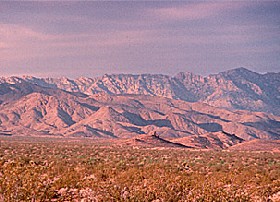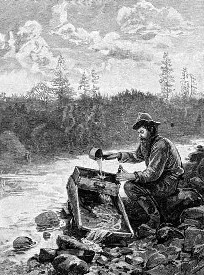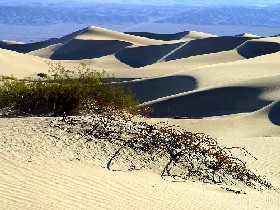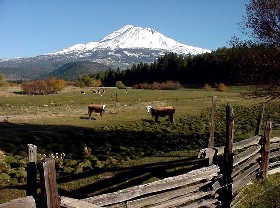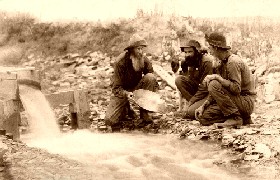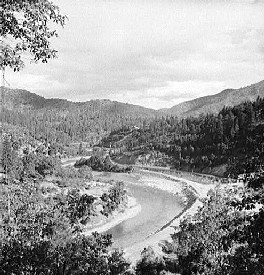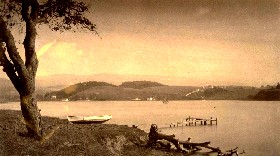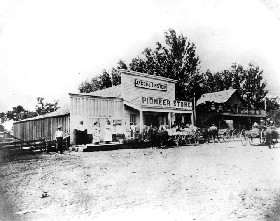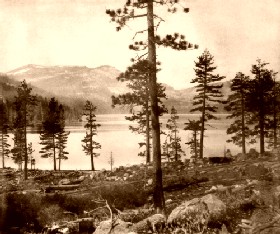Thursday, June 7, 2012
Wednesday, May 16, 2012
Cell Phone Radiation Protection!
Cell Phone Radiation Protection!
What is the Safe Cell Tab and what
does it do?
The Safe Cell Tab offers practical
and convenient cell phone radiation protection by reducing the harmful effects
of cell phone radiation created by electromagnetic fields emitted from devices
such as cell phones, cordless phones and wireless routers.
Safe Cell Tab cell phone radiation
shield is scientifically designed to reduce the biological effects induced by
electro-magnetic fields (EMF). When holding the phone to your ear, the head and
upper body part is protected, when carrying the phone in the belt, the hip bone
marrow, reproductive organs and other vital body parts in this region are
protected.
Most homes have cordless phones
whose range goes from 900MHz to 3,000 MHz. The higher the range the higher the
level of emission. For general protection for you and your family, we recommend
placing a safe cell tab on your cordless phone.
The Safe Cell Tab possesses
Patented, permanent Shielding characteristics for a long life span and will not
need to be replaced for the life of your phone.
Some individuals are more affected
by electromagnetic radiation than others. If you are badly affected by the
effects of EMR, you may note sudden changes once you start using The Safe Cell
Tab. The Safe Cell Tab will reduce the biological effects, which are associated
with radiation from the EMF fields.
Cell Phone Radiation Shield reduces
cell phone cancer risks. Reduce the dangerous radiation, and health risk of
brain cancer and cell phone cancer.
Is the Safe Cell Tab easy to use?
The Safe Cell Tab is 9/16" high
and 1-1/6" wide and 1/32" thick and easily adheres to a wide range of
surfaces. It is applied to the back of the phone near the antenna. On other
devices, such as a microwave oven, place it near the electrical source. It's as
easy to use as a sticker!
Friday, May 20, 2011
Forts Across the American West
The forts of the American West varied in type from military posts, to fortresses established by fur trading companies, to private enterprises built solely to protect the pioneers within. Most often when we think of Old West forts, we imagine a high stockade type wall of sharpened logs that surround a number of buildings. Inside these walls are hardy pioneers and soldiers, valiantly defending themselves from hostile Indians on the outside. Though western films have perpetuated this idea, and sometimesforts were built in a stockade type manner, the purpose and style offorts varied widely and this "typical" scenario was the exception rather than the rule. Contrary to the myths perpetuated by western films, most militaryforts of the American West were not established to protect the settlers from Indians; rather, they were built to maintain peaceamong the tribes, as well as between Native Americans and white emigrants. | Many people are not aware that Alcatraz was a fort before it became a Penitentiary. Photo by John Sullivan, March, 2005. This image available for photographic prints and downloads HERE! | |||||
| ||||||
Labels:
army,
article,
cavalry,
essay,
fortress,
garrison,
historic,
historic site,
history,
military,
military forts,
old west forts,
photo,
photograph,
picture,
post,
story,
tale
Thursday, May 12, 2011
Treasure Hunting in the Colorado Rockies
Chacuaco Canyon Treasure
In 1858, there was a wagon train traveling through the southeast part of Colorado, in what is now Las Animas County, which was carrying 1,500 pounds of gold Ingots. Suddenly, the wagon train was attacked by a group of outlaws and renegadeIndians. At first, the wagon train prevailed, driving off the would-be thieves and, in an effort to elude their tormentors; the travelers detoured through Chacuaco Canyon.
However, the outlaw gang continued to pursue the wagon train with a vengeance. Three members of the wagon train quickly loaded the gold ingots onto six mules and led the loaded animals to a rock outcropping along a nearby creek. While the three were hiding the gold, the outlaws caught up with the wagon train and, furious, they slaughtered each and every member of the party.
While the massacre was taking place, the three men escaped to a Mexican nearby village. However, when they returned to retrieve the gold, they were killed by Ute Indiansbefore ever reaching their destination.
While the massacre was taking place, the three men escaped to a Mexican nearby village. However, when they returned to retrieve the gold, they were killed by Ute Indiansbefore ever reaching their destination.
To this day, the treasure has never been found.
Update! June, 2009 - From one of our reader's, Legends of America has learned that though the facts of our tale are partially incorrect, the legend of the treasure is true. Doing his own research for a number of years, our reader has determined the "real story" and has located the vast majority of the treasure which included small gold bars with Spanish insignias.
Round Mountain
 Long ago, a party of four French Canadians were said to have been trapping on the Snake River near Round Mountain. However, the Canadians were discovered by American trappers who took their furs and traps and ran them off. The four traveled south into western Colorado and one of them found a gold nugget in the headwaters of the Gunnison River.
Long ago, a party of four French Canadians were said to have been trapping on the Snake River near Round Mountain. However, the Canadians were discovered by American trappers who took their furs and traps and ran them off. The four traveled south into western Colorado and one of them found a gold nugget in the headwaters of the Gunnison River.Here, they spent the next month successfully panning the gravel in the creek beds. Ute Indians discovered the Frenchmen and attacked them. In the running battle, which lasted several days, three Frenchmen were killed. The fourth managed to escape over Cochetopa Pass (just west of Saguache). Sensing that his pursuers were closing in, he buried the gold on Round Mountain with the hopes of later returning for it. The Indians caught and killed the lone French-Canadian near the summit of Poncha Pass.
The treasure was never found, but the story endures, hundreds of years later.
Irish Canyon
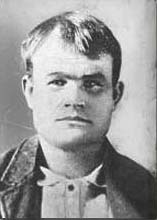 In the late 1800’s Irish Canyon was a popular hideout of outlaws Butch Cassidy and the Wild Bunch, Matt Warner, Isom Dart, and many others as they spent time in the Browns Park vicinity in Moffat County. Supposedly, $30,000 in silver coins remains buried somewhere in the canyon.
In the late 1800’s Irish Canyon was a popular hideout of outlaws Butch Cassidy and the Wild Bunch, Matt Warner, Isom Dart, and many others as they spent time in the Browns Park vicinity in Moffat County. Supposedly, $30,000 in silver coins remains buried somewhere in the canyon. While you are looking for the treasure, you can also enjoy many excellent trails, hiking and mountain opportunities. You can also visit the Irish Canyon Rock Art Site, where you can see the Fremont rock art from an elevated platform.
Moffat County is in the extreme northwest part of Colorado. Irish Canyon is northwest of Maybell. From Maybell, take US-40 to Colorado 318. Turn northwest onto 318 and continue to Moffat County Road 10N, which runs through the canyon.
In 1863, a stagecoach along the Overland Trail carrying an army payroll of $60,000 (which would be about $1 million dollars today) in ten and twenty dollar gold coins was destined for Fort Sanders inWyoming Territory. The gold shipment represented several months of back pay for the soldiers at Fort Sanders; however, the unfortunate soldiers never saw the gold. Only about a mile from the Virginia Dale Station, the stage was robbed by six masked outlaws at Long View Hill. The gang took the strongbox from the stage and headed west towards the wooded foothills, where they blew the lock off of the box, removed the gold coins, and buried the treasure. However, before they could spend their ill-gained wealth, the bandits were pursued and killed by the U.S. Cavalry. The Cavalry later found the iron strong box in a nearby creek, the sides and bottom gone, riddled with bullet holes – and, obviously, empty. | 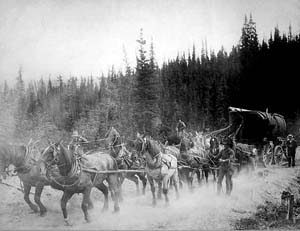 Stage Coach on the Overland Trail | |
| ||
Wednesday, May 11, 2011
A change of subject ! STOP I have something I would like to share with you.
Hi STOP I have something I would like to share with you. You see I am like thousands of others I have tried hundreds of programs to help me make a couple hundred bucks a week or even a hundred would help me tremendously. I know that feeling of oh heck another promise broken by another program promoting hundreds monthly and only costing you money that you can't afford to lose. Believe me I have been there and still am in lots of programs that I’m still hoping will come through. So when my friend Sue turned me onto this one I thought oh man another one!!! I was so down on the idea and so broke that I told her thanks but I just don't have two nickels to spend. So Sue as always love to help me out and offered to invest 25.00 dollars for me and she walked me through it and I was still not impressed for several months because although every week they did pay me it was so small of an amount that I just wanted to give up . But Sue keep me hanging in there and all the sudden without any referrals I started getting 5.00 a week then after a few more weeks 10.00 seems like every few weeks that payout started getting bigger and finally I was able to up grade with the money that I was being paid weekly and now I’m making even more my gold is to get were Sue is now she is getting 300 plus a week. Man what a difference that will make for my life when I get there yes it might take me a year but what and investment of 25.00 man I owe Sue so much I hope that you too will give this program a try. I am not at the point where I can help anyone yet but soon I will be and when I do I will. That said go ahead and try it you will be happy you did just like me and if you want contact me and I will walk you through the steps just like Sue did for me. Thanks and here's too your success. Mike hall
mrhall909@gmail.com
Friday, May 6, 2011
CALIFORNIA LEGENDS Lost Chinese Cache Volcanoville
| ||||||||||||||
Thursday, April 14, 2011
Lost Mines of California
Book your lodging right HERE online | A prospector gold panning. This image available for photographic prints and downloads HERE! | |||||||||||||||||||||||||||||
| ||||||||||||||||||||||||||||||
Thursday, April 7, 2011
More California Treasures Just Waiting To Be Found
Alameda County - With a posse on their tails in 1893, two banditsallegedly buried a cache of stolen loot near a brick kiln at Adams Point on Lake Merritt. When the lawmen caught up with the outlaws, one was killed and the other immediately arrested. The surviving outlaw died later died in prison. The ill-gotten treasure has never been found. Contra Costa County - Dr. John Marsh, a California pioneer who was sometimes referred to as California's first American doctor, was allegedly known to bury his money near his home nestled in the foothills of Mt. Diablo. | Lake Merritt from Adams Point, 1884, photo courtesy California Digital Archives. | ||||||||
| |||||||||
Subscribe to:
Posts (Atom)
Cute video watch it !
GoAnimate.com: wealth 4 all dinner by mrhall909
Like it? Create your own at GoAnimate.com. It's free and fun!
Like it? Create your own at GoAnimate.com. It's free and fun!


